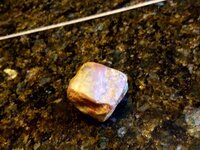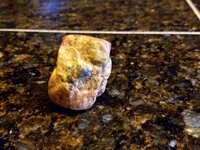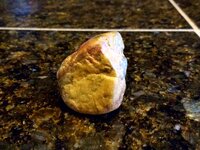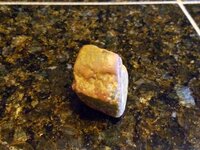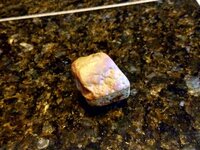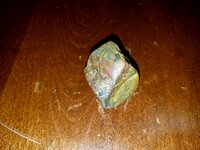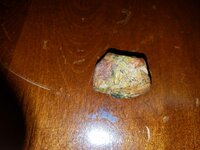Salvatore
Jr. Member
Was curious if someone knew what kind of mineral this was.Has a very smooth surface and multiple colors through out the piece.Is it a single mineral or several together? Very cube like in shape and it looks very nonporous of a type of mineral very concentrated in form.


